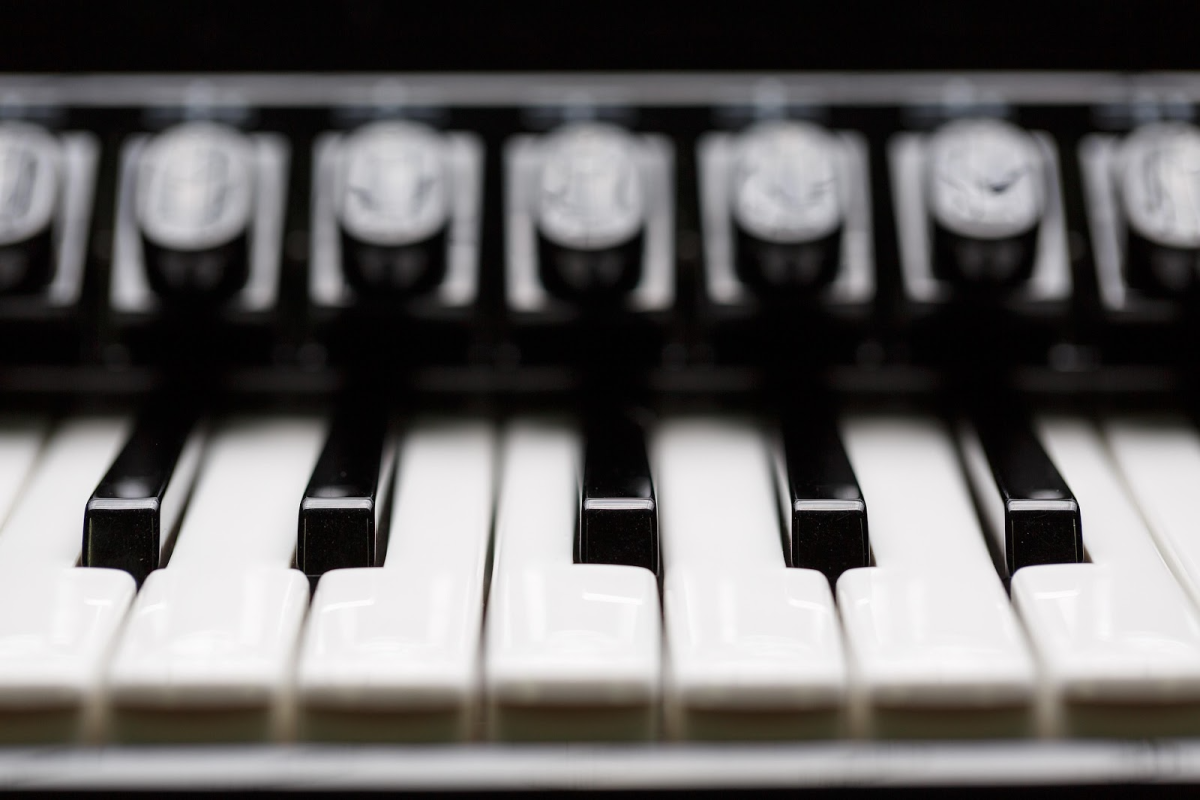Few things are more frustrating for a musician than discovering that certain keys on your digital piano aren’t responding. Whether you’re a beginner or a seasoned player, unresponsive or stuck keys can interrupt your practice, delay performances, and affect the overall playability of your instrument.
Fortunately, most issues with digital piano keys are repairable—and understanding what’s going wrong is the first step toward getting your instrument back to perfect condition.

Signs of Key Failure in a Digital Piano
It might start with one or two keys that feel soft, make no sound, or are stuck in place. Over time, more keys may follow. If your digital piano is showing any of the following signs, it’s time for a closer look:
- One or more keys produce no sound
- Keys feel loose, sunken, or stuck
- Notes play randomly without touching the key
- Uneven sensitivity or inconsistent volume
These symptoms could indicate problems with the keybed, internal sensors, or circuits. The good news? Most of these issues can be resolved with professional repair.
Common Causes of Unresponsive Keys
1. Dust and Debris Inside the Piano
Digital pianos are sensitive to dust. Even small particles can block the sensors underneath the keys or interfere with mechanical movement. This is especially common in older units or those kept in dusty environments.
2. Worn or Damaged Rubber Contact Strips
Underneath the keys, most digital pianos have rubber contact strips that detect when a key is pressed. These strips wear down over time or may shift out of place, leading to inconsistent or non-working keys.
3. Faulty Key Sensors
Sensors beneath each key read the velocity and pressure of your keystrokes. If these sensors fail or become disconnected, the key may not respond at all.
4. Electrical or Circuit Board Issues
Like any electronic device, digital pianos rely on circuit boards. If a component malfunctions due to age, overheating, or moisture, it can result in entire sections of the keyboard not functioning.
5. Keybed Misalignment
A misaligned keybed—caused by impact or poor storage—can create mechanical friction that prevents keys from returning to their natural position or pressing down fully.
Why You Should Avoid DIY Repairs
While cleaning around the keys may help temporarily, digital piano internals are delicate. Attempting DIY repairs without proper tools or expertise can worsen the damage or void your warranty. Opening the case or handling circuit boards without grounding tools can lead to static discharge and more serious failures.
Instead, professional repair ensures:
- Accurate diagnostics
- Proper sensor and contact strip replacement
- Careful cleaning without damage
- Realignment of keys and keybed
- Testing and full restoration of performance
Trust Brocky’s Electronics for Expert Digital Piano Repairs
At Brocky’s Electronics, we specialize in repairing digital pianos across the Sunshine Coast. Our experienced technicians understand the complex mechanics and electronics inside each unit. From basic key cleaning to complete circuit diagnostics, we restore your digital piano with care and precision.
We service all major brands and models, and we offer:
- Fast turnaround times
- Transparent quotes before repair
- Replacement of faulty components with genuine parts
- On-site or workshop-based service options
Your music deserves the right sound—don’t let faulty keys hold you back.
Final Thoughts
If some of your digital piano keys aren’t working, the issue could stem from simple wear and tear or more complex electrical faults. Either way, ignoring the problem can lead to further damage and reduced playability.Instead of guessing, get a professional diagnosis and repair from a trusted technician. Brocky’s Electronics is here to help you get back to playing without interruption.






